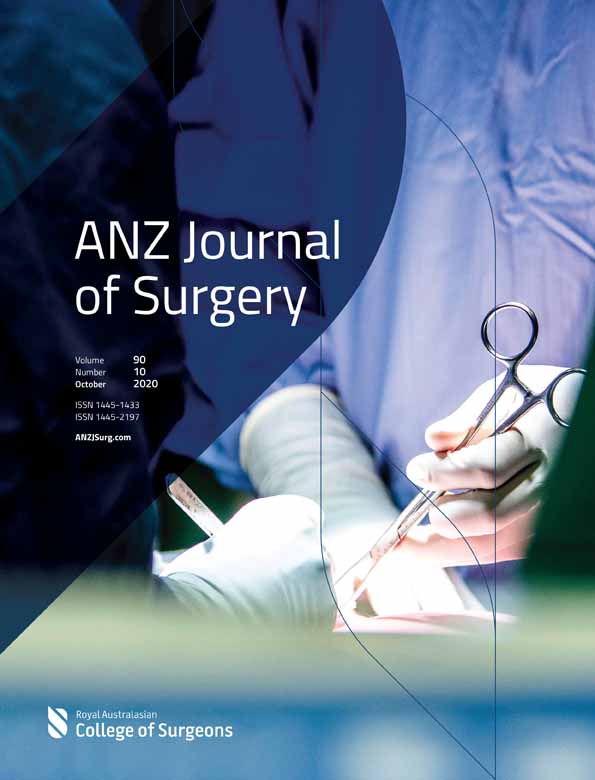Early surgical complications of total hip arthroplasty related to surgical approach
Abstract
Background
Total hip arthroplasty (THA) can be performed through a number of surgical approaches. The aim was to compare the incidence of early surgical complications in THA related to approach.
Methods
A retrospective review of prospectively recorded data extracted from St. Vincent's Melbourne Arthroplasty Registry was performed between January 2006 and December 2016. Surgical approach was identified: lateral, posterior, anterior and superior. Primary outcome measure was return to theatre (RTT) for any cause within 1 year. Age, comorbidity, body mass index and femoral fixation were assessed for potential confounding. Secondary outcomes were RTT for revision procedure and for specific complications: intra or post-operative fracture, dislocation/instability, aseptic loosening and prosthetic joint injection (PJI). Variables were assessed for their association with outcome using unadjusted and adjusted quantile median regression for continuous outcomes and Cox proportional hazards regression for binary time-to-event outcomes.
Results
There were a total of 2906 consecutive THA's recorded, 1413 lateral, 1188 posterior, 233 anterior and 72 superior. A total of 140 cases (4.5%) required RTT within 1 year. No approach was associated with RTT on unadjusted analyses or multivariate modelling. There was no association between approach and revision, PJI or periprosthetic fracture. The posterior approach was associated with 2.90 times the rate of dislocation relative to the lateral (P = 0.005).
Conclusions
There was no difference in the RTT rate between surgical approaches for THA. There was no difference in revision rates, PJI or periprosthetic fracture. The posterior approach was associated with a higher rate of dislocation relative to the lateral, but not the anterior.




